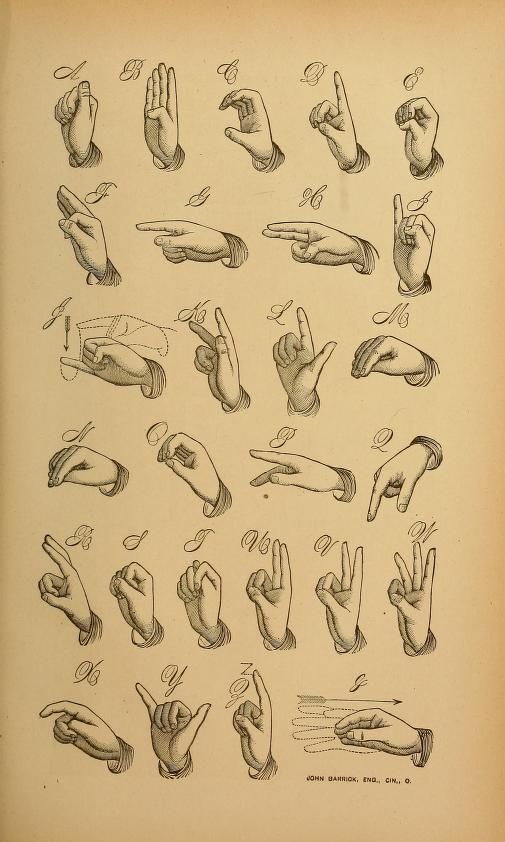AUSTIN, Texas — Sign languages throughout North and South America and Europe have centuries-long roots in five European locations, a finding that gives new insight into the influence of the European Enlightenment on many of the world’s signing communities and the evolution of their languages.
Linguists and biologists from The University of Texas at Austin and the Max Planck Institute for the Science of Human History adapted techniques from genetic research to study the origins of Western sign languages, identifying five European lineages — Austrian, British, French, Spanish and Swedish — that began spreading to other parts of the world in the late 18th century. The study, published in Royal Society Open Science, highlights the establishment and growth of European deaf communities during an age of widespread enlightenment and their impact on sign languages used today.
“While the evolution of spoken languages has been studied for more than 200 years, research on sign language evolution is still in its infancy,” said Justin Power, a doctoral candidate in linguistics at UT Austin and the study’s first author, noting that most research has been based on historical records from deaf educators and institutions. “But there is no a priori reason that one should only study spoken languages if one wants to better understand human language evolution in general.”
Much like a geneticist would look to DNA to study traits passed down through generations, the study’s researchers investigated data from dozens of Western sign languages, in particular, the manual alphabets, or sets of handshapes signers use to spell written words. As certain handshape forms were passed on within a lineage, they became characteristic of the lineage itself and could be used as markers to identify it.
To identify such markers and decipher the origins of each language, the researchers built the largest cross-linguistic comparative database to map the complex evolutionary relationships among 40 contemporary and 36 historical manual alphabets.
“In both biological and linguistic evolution, traits are passed on from generation to generation. But the types of traits that are passed on and the ways in which they are passed on differ. So, we might expect many differences in the ways that humans and their languages evolve,” Power said. “This database allowed us to analyze a variety of reasons for commonalities between languages, such as inheriting from a common ancestral language, borrowing from an unrelated language, or developing similar forms independently.”
The researchers grouped the sign languages into five main evolutionary lineages, which developed independently of one another between the mid-18th to early 19th centuries. They were also interested to find that three of the main continental lineages — Austrian, French and Spanish — all appeared to have been influenced by early Spanish manual alphabets, which represented the 22 letters of Latin.
“It’s likely that the early Spanish manual alphabets were used in limited ways by clergy or itinerant teachers of the deaf, but later signing communities added new handshapes to represent letters in the alphabets of their written languages,” Power said. “When large-scale schools for the deaf were established, the manual alphabets came into use in signing communities by relatively large groups of people. It is at this point where we put the beginnings of most of these five lineages.”
Data from the languages themselves confirmed many of the sign language dispersal events known from historical records, such as the influence of French Sign Language on deaf education and signing communities in many countries, including in Western Europe and the Americas. However, the researchers were surprised to trace the dispersal of Austrian Sign Language to central and northern Europe, as well as to Russia — a lineage about which little was previously known.
“The study’s findings give us a clearer picture about an important period in the histories of many signing communities and their languages,” Power said. “We’ve also provided a blueprint for how methods from evolutionary biology can be applied to sign language data to gain new insights into sign language evolution and to generate new hypotheses that researchers can now test to push our understanding of the historical development of sign languages forward.”
Original post https://alertarticles.info
